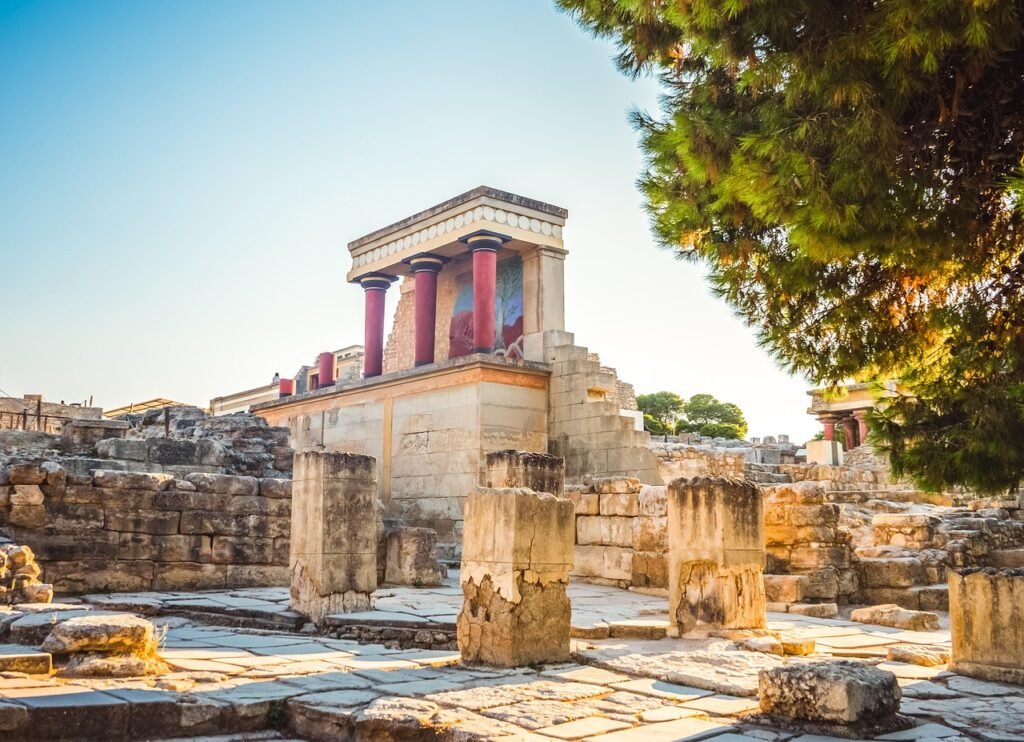Dinosaurs have fascinated us for centuries, capturing our imaginations with their sheer size, strength, and diversity. While many might be familiar with giants like the mighty Tyrannosaurus rex or the long-necked Brachiosaurus, there are countless other prehistoric creatures that boasted truly bizarre features. In this article, we’ll delve into the world of ten dinosaurs with some of the most extraordinary and peculiar characteristics that once roamed our planet. Get ready to embark on a journey through time to meet some dinosaurs you won’t believe existed.
1. Therizinosaurus: The Clawed Conundrum
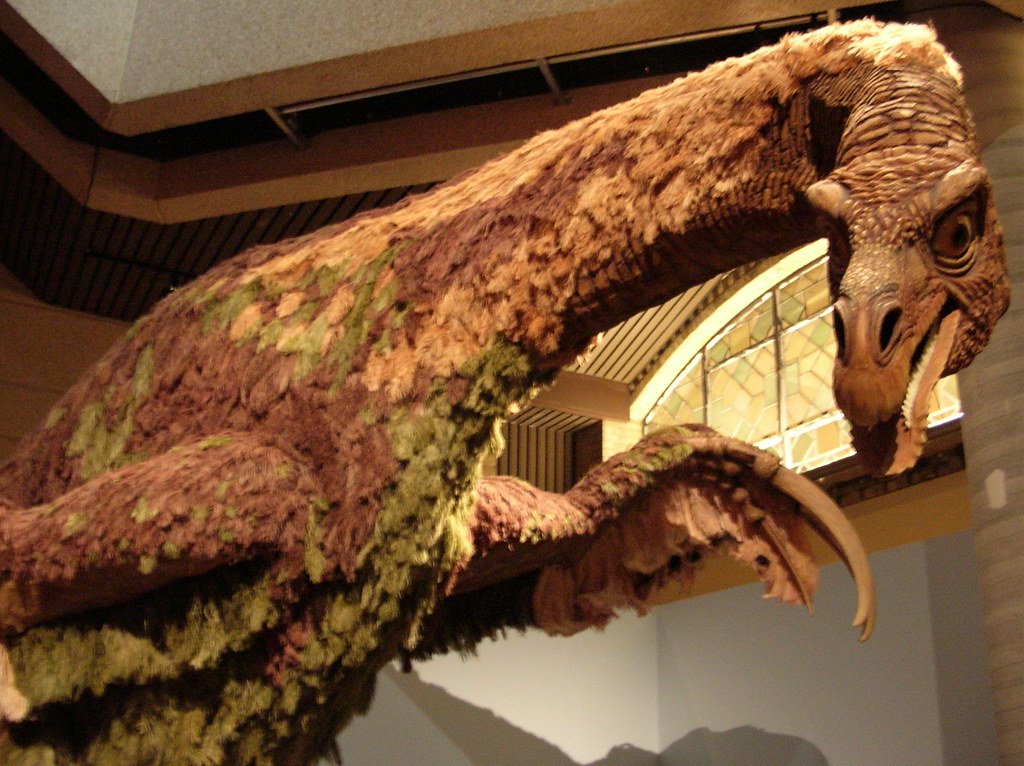
The Therizinosaurus was unlike any other theropod dinosaur. Instead of the typical sharp teeth and talons associated with meat-eaters, this dinosaur sported elongated claws measuring over three feet. These claws were likely used for foraging rather than hunting, as Therizinosaurus is believed to have been a herbivore. Its potbelly and long neck, coupled with the claws, make it one of the most intriguing dinosaurs with a unique build.
2. Spinosaurus: The Sail-Backed Predator

The Spinosaurus stood out with its remarkable sail-like structure atop its back, created by elongated spinal vertebrae. This feature is thought to have served multiple purposes, from thermoregulation to attracting mates. Additionally, Spinosaurus is believed to have spent much of its time in the water, with adaptations such as webbed feet and a long snout for catching fish.
3. Ankylosaurus: The Living Tank

The Ankylosaurus was a formidable fortress on legs. Its entire body was armored with thick, bony plates, and it wielded a powerful tail club capable of delivering a bone-shattering blow to any predator that dared to attack. This dinosaur’s unique defense mechanism made it an evolutionary marvel in self-protection.
4. Parasaurolophus: The Horned Sound System

Parasaurolophus is easily recognizable for its long, backward-curving cranial crest. Paleontologists believe this crest served as a resonating chamber, allowing the dinosaur to produce deep, resonant calls. This unusual feature may have been used for communication within the species, such as warning signals or attracting mates.
5. Stegosaurus: The Plated Oddity

One of the most iconic and peculiar dinosaurs is the Stegosaurus, known for the distinctive double row of large bony plates along its back. These plates may have been used for thermoregulation, display, or even species recognition. Its tiny head and spiked tail, known as a “thagomizer,” only add to its unusual appearance.
6. Microraptor: The Four-Winged Flyer
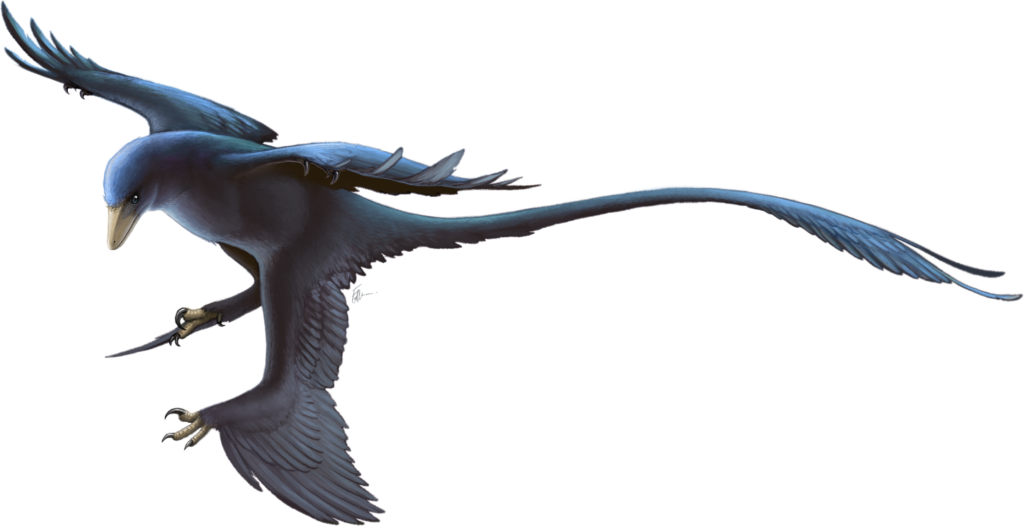
The small, bird-like Microraptor was a groundbreaking discovery due to its four wings. Unlike modern birds, it possessed flight feathers on both its arms and legs, suggesting an evolutionary experiment in gliding or flying. This feature provides incredible insights into the transition from dinosaurs to modern birds.
7. Carnotaurus: The Horned Meat-Eater
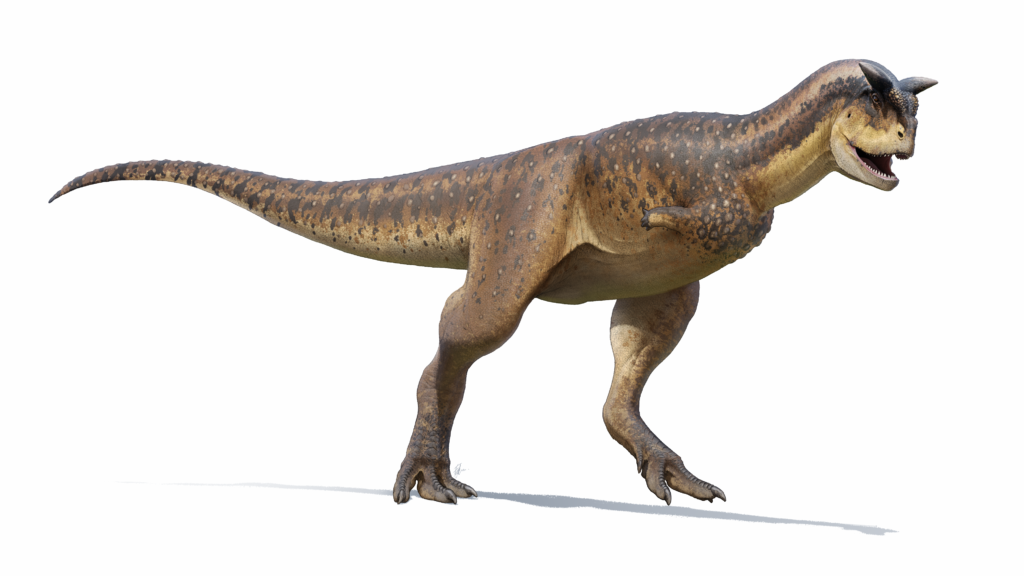
With its short, bulldog-like snout and prominent horn-like structures above its eyes, Carnotaurus looked like a bizarre cross between a bull and a dinosaur. These horns may have been used in combat or display. Its incredibly fast and agile body suggests it was a proficient predator, chasing down prey over open terrain.
8. Amargasaurus: The Spined Wonder
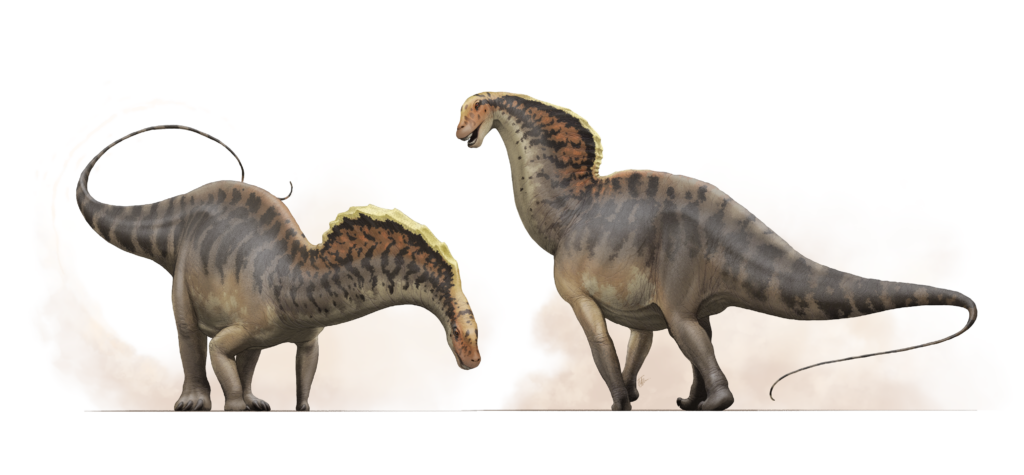
The Amargasaurus sported a unique series of long spines protruding from its neck and back. The purpose of these spines remains a subject of debate, with theories ranging from defense to thermal regulation or display. Regardless, this distinctive feature made Amargasaurus instantly recognizable among sauropods.
9. Deinocheirus: The Mysterious Giant
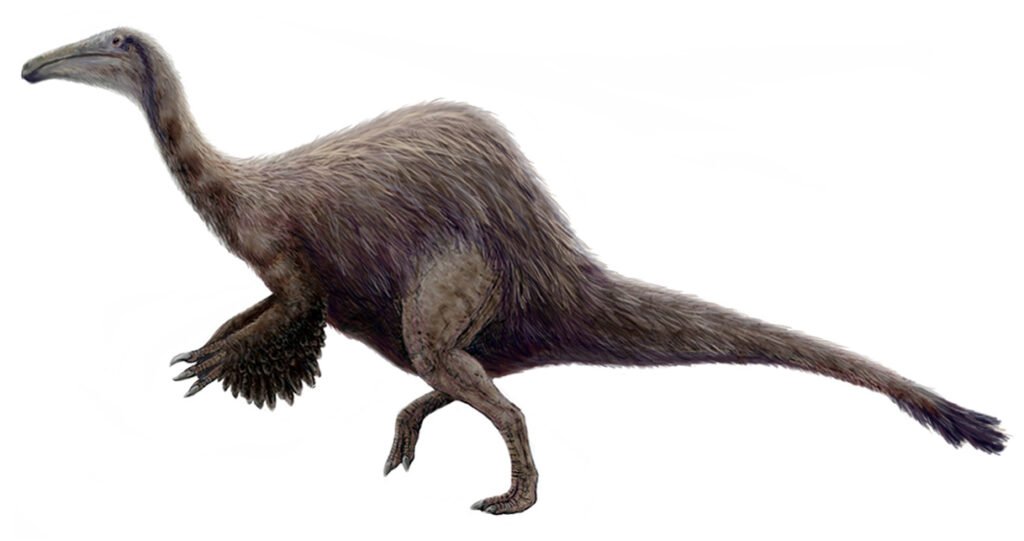
For decades, Deinocheirus was a mystery, known only from a set of giant arms with claws. Recent discoveries revealed it to be a massive, duck-billed dinosaur with an odd combination of features, including a long, sail-like structure on its back and a broad, beak-like mouth. This herbivorous giant was more bizarre than previously imagined.
10. Nothronychus: The Sloth-like Dinosaur
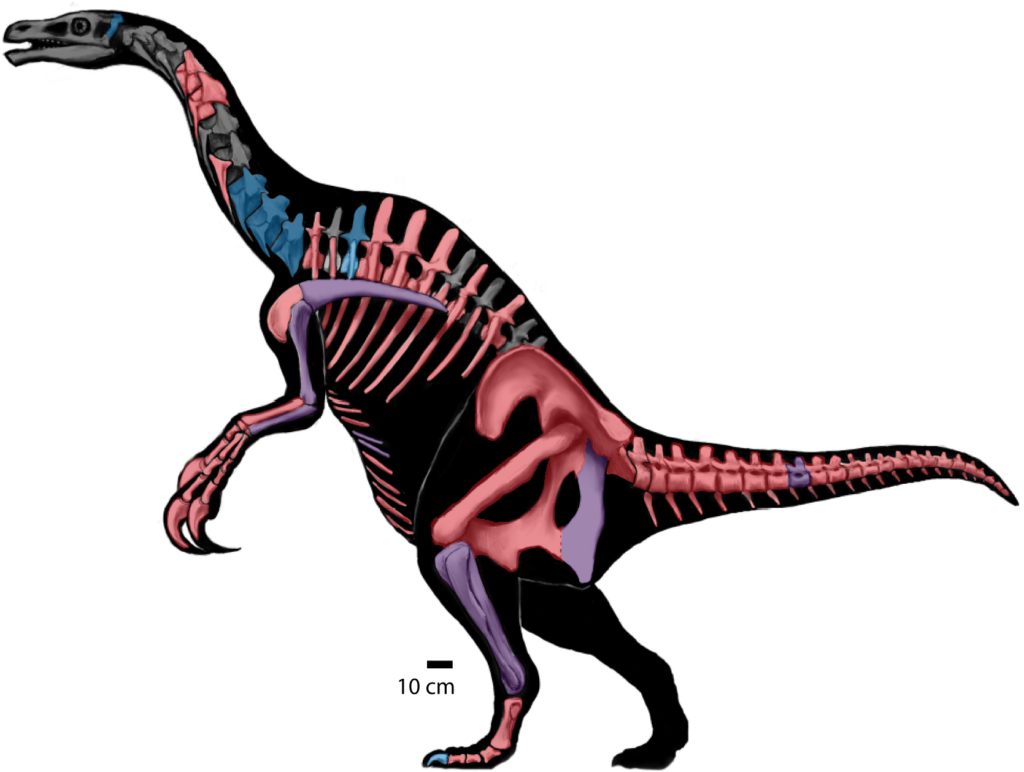
Imagine a dinosaur resembling an ancient giant sloth. Nothronychus turned this imagination into reality with its potbelly, long claws, and bipedal stance. These unusual adaptations suggest it led a vegetarian lifestyle, possibly using its claws to pull down branches and consume foliage.
Conclusion: The Diversity of Dinosaur Evolution

The dinosaurs’ bizarre and varied adaptations continue to astonish us, offering a window into the full spectrum of evolutionary possibilities. Each dinosaur on this list exemplifies nature’s creativity in solving the challenges of survival and reproduction. These strange features remind us of the complexity and diversity of life forms that have existed on Earth long before us. As paleontology advances, who knows what other peculiar dinosaurs we might unearth in the future?

